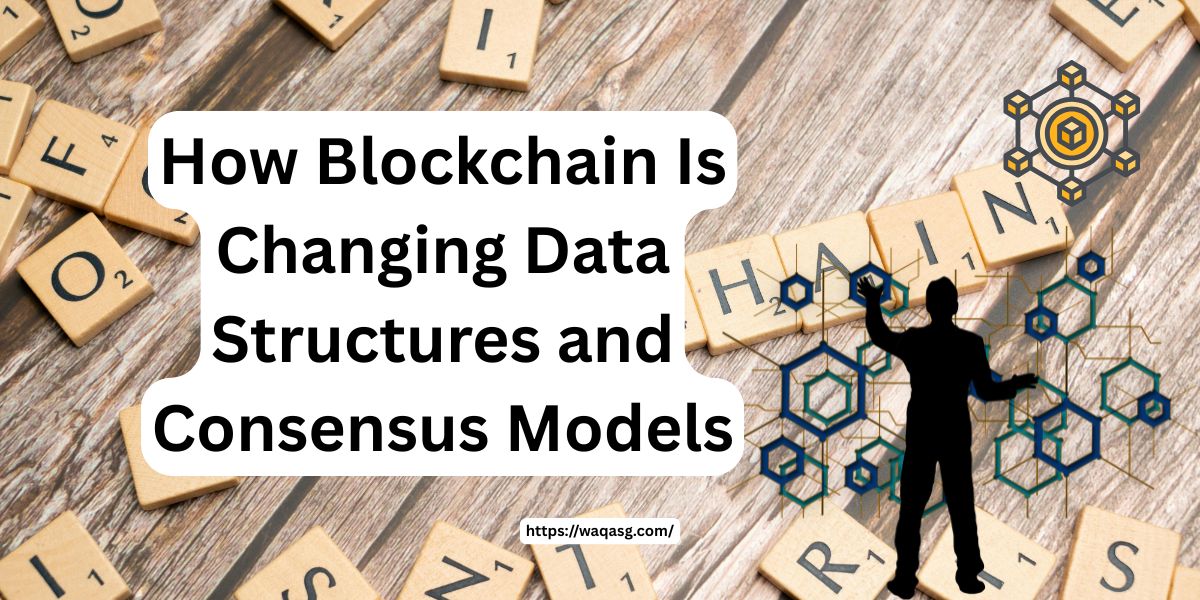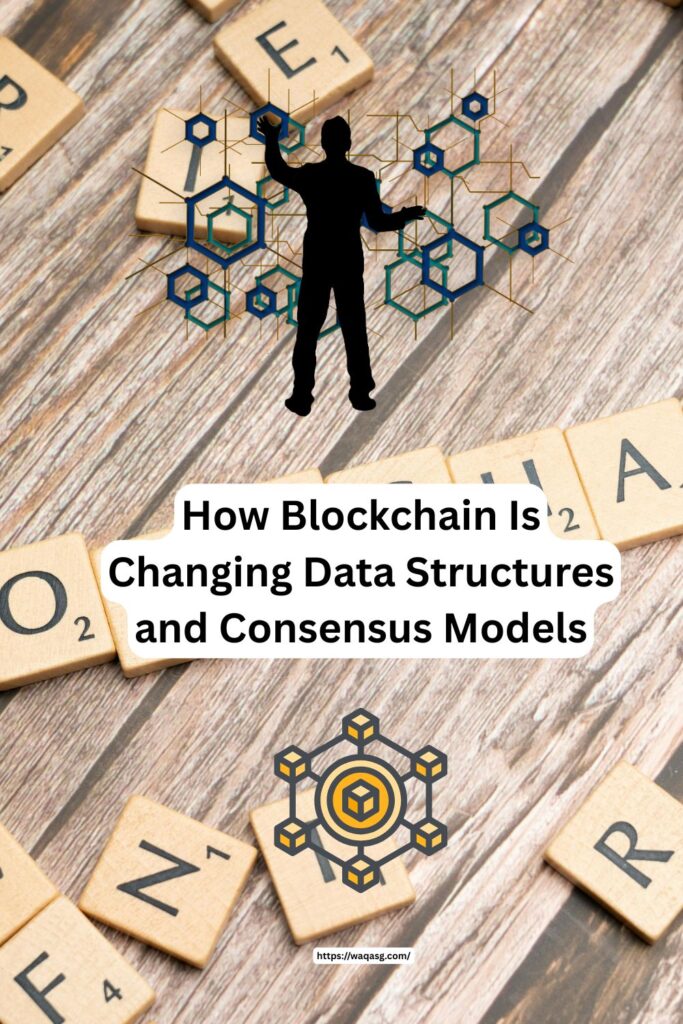
How Blockchain Is Changing Data Structures and Consensus Models
Blockchain technology has taken the tech world by storm, going far beyond its initial use case in cryptocurrencies like Bitcoin. Today, it’s influencing everything from finance and healthcare to supply chain management and digital identity. But beneath all the buzzwords and price speculation lies a powerful shift in how we think about data structures and consensus models in distributed systems.
This article explores how blockchain is reshaping the foundational elements of computing, and why it matters more than ever in our data-driven, decentralized future.
What Is Blockchain, Really?
Before diving deep, let’s define what blockchain is in simple terms.
A blockchain is a distributed ledger—a database that is shared across a network of computers (nodes) where every participant has access to the entire dataset. Rather than relying on a central authority to verify and store transactions, blockchain uses cryptography and consensus algorithms to validate and record data in a secure, immutable manner.
At the core, blockchain transforms how we store, access, and agree on data in digital environments.
Traditional vs. Blockchain Data Structures
Traditional data structures—like arrays, linked lists, hash tables, and trees—are organized in ways that prioritize efficiency, scalability, and central control. They’re great for systems where a central server manages and maintains data integrity.
But blockchain introduces a different kind of structure: the append-only linked list model, where each block contains a cryptographic hash of the previous block, a timestamp, and transaction data. This creates a chain of blocks that’s tamper-proof and verifiable.
Key Differences:
| Feature | Traditional Data Structures | Blockchain Data Structure |
| Control | Centralized | Decentralized |
| Mutability | Data can be edited or deleted | Data is immutable (append-only) |
| Trust Model | Trust is placed in a central authority | Trust is established via consensus |
| Integrity | Needs external mechanisms for verification | Integrity built into structure via hashing |
This immutable, time-stamped approach makes blockchain especially powerful in applications where data integrity, security, and auditability are critical.

Understanding Consensus Models
In distributed systems, reaching agreement on the state of data—without trusting a single party—is hard. This is where consensus models come in.
Consensus algorithms are protocols that allow nodes in a blockchain network to agree on a single version of truth, despite the presence of faults or malicious actors.
Most Common Blockchain Consensus Mechanisms:
- Proof of Work (PoW)
- Used by: Bitcoin, Litecoin
- Nodes (miners) solve complex mathematical puzzles to validate transactions and add blocks.
- Pros: Secure, decentralized
- Cons: Energy-intensive, slow
- Proof of Stake (PoS)
- Used by: Ethereum (since the Merge), Cardano
- Validators are chosen based on the number of coins they “stake” as collateral.
- Pros: Energy-efficient, faster
- Cons: Risk of centralization
- Delegated Proof of Stake (DPoS)
- Used by: EOS, TRON
- Token holders vote for a small number of delegates who validate transactions.
- Pros: High throughput, scalable
- Cons: Less decentralized
- Practical Byzantine Fault Tolerance (PBFT)
- Used in some private blockchains
- Achieves consensus by having nodes vote on transactions
- Pros: Fast, deterministic finality
- Cons: Less scalable
Each of these models reflects a different tradeoff between security, speed, scalability, and decentralization.
Blockchain’s Impact on Data Structures
Blockchain doesn’t just tweak existing data structures—it redefines them. Let’s break down how:
1. Data Immutability
Data stored in blockchains can’t be altered or deleted without consensus. Each block is locked in with a cryptographic hash, ensuring that tampering with one block would require changing every subsequent block—an almost impossible task in large networks.
This has profound implications for industries that depend on audit trails and regulatory compliance, such as finance and healthcare.
2. Decentralized Data Management
Instead of relying on a central database (like AWS, Google Cloud, or an internal server), blockchain distributes data across a peer-to-peer network. This means there’s no single point of failure, and systems are more resilient to attacks and outages.
3. Real-Time Verification
Traditional systems often involve slow, batch-based processing for verification (e.g., bank settlements, supply chain confirmations). In contrast, blockchain uses consensus protocols to verify transactions in near real-time, reducing friction and latency.
Blockchain’s Influence on Future Systems
Blockchain’s influence on data and consensus models is reshaping how we design everything from enterprise applications to global finance systems. Here’s what’s changing:
a. Smart Contracts & Programmable Logic
Smart contracts are self-executing agreements written in code and stored on the blockchain. They rely on the underlying data structure and consensus to execute when conditions are met.
This makes systems more autonomous and trustless, reducing the need for third-party intermediaries.
b. Tokenization & Data Ownership
With blockchain, users can own their data using tokens or non-fungible tokens (NFTs). This changes the narrative around data privacy and control, especially in areas like social media, healthcare, and identity management.
c. Interoperability and Modular Design
As more blockchains emerge, interoperability between chains becomes key. Modular consensus layers like Tendermint and rollups in Ethereum allow different chains to plug into shared ecosystems while maintaining their own data structures and governance rules.
Challenges Ahead
Of course, blockchain isn’t perfect. There are still major challenges to overcome:
- Scalability: Processing thousands of transactions per second (like Visa does) is still a work in progress.
- Energy Consumption: Proof of Work remains environmentally costly.
- Regulatory Uncertainty: Governments are still figuring out how to regulate blockchain-based systems.
- User Experience: Blockchain apps (dApps) are often clunky and not user-friendly yet.
Despite these hurdles, the innovation continues at a rapid pace. Developers, researchers, and businesses are exploring layer-2 scaling, sharding, zero-knowledge proofs, and other advanced techniques to make blockchain more scalable and user-ready.
Conclusion: A New Paradigm for Data and Trust
The way we store and agree on data has been fundamentally transformed by blockchain technology. Its novel data structures and consensus models introduce a paradigm of decentralization, transparency, and trustlessness that traditional systems can’t easily replicate.
Whether it’s building next-gen financial systems, redefining digital identity, or creating censorship-resistant applications, blockchain is more than a buzzword—it’s a fundamental shift in how we architect systems for a connected world.
As we move further into a digital-first era, understanding these underlying changes isn’t just for developers and techies. It’s crucial for anyone interested in the future of technology, privacy, and trust.





No comment yet, add your voice below!